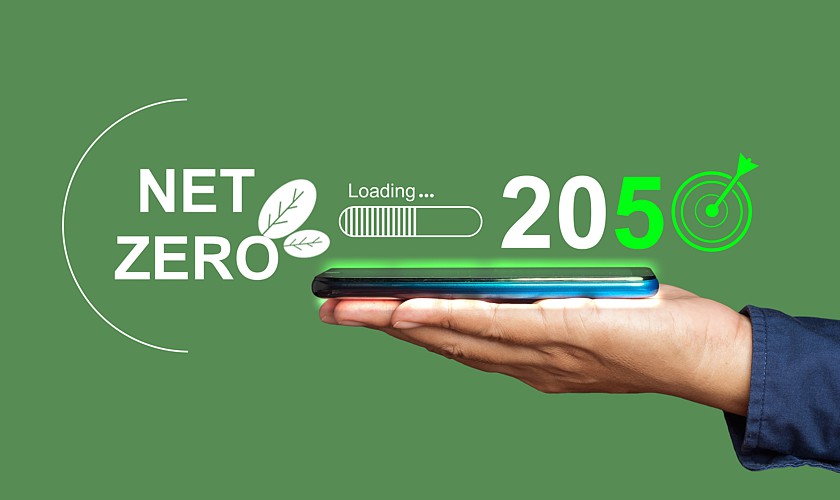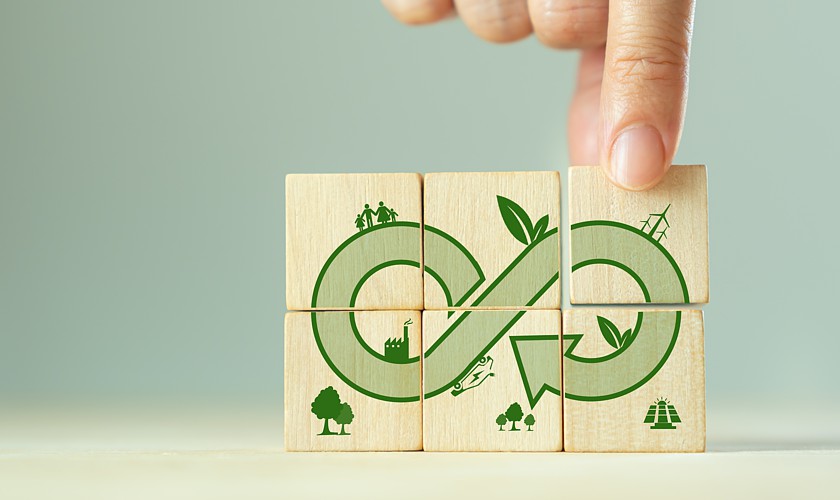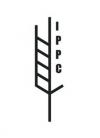Do you sometimes think that "sustainability" or "green logistics" are more marketing phrases than real actions that can be implemented in the current business landscape? While it may seem that way, in practice, the responsibility for conscious company development is to prioritize actual actions over slogans. This is especially true in the logistics industry, which plays a significant role in the global supply chain.
In this article, we will discuss three green logistics solutions: packaging recovery, pooling, and pallet banking. It will help us better understand their importance and benefits for sustainable supply chains.
Why is "green logistics" so important in 2024?
To prevent climate change, major manufacturing brands have decided to reduce greenhouse gas emissions and have adopted targets to halve emissions by 2030 and achieve net-zero emissions by 2050. This is also linked to new regulatory requirements for environmental, social, and governance (ESG) compliance. According to an assessment by Erika Peters, senior vice president, ESG leader, and chief innovation and operations officer, Exiger, "organizations are striving to achieve net-zero emissions targets in the full knowledge that 70% to 90% of greenhouse gases (GHGs) come from their supply chains."
The DHL report, in turn, states that sustainability in logistics requires steps the company can take to reduce the environmental impact of negative processes. These include carbon offsetting measures or optimizing transport routes (to reduce emissions).

The above sustainability findings demonstrate that using "green" logistics practices is an environmental necessity. Moreover, from a business perspective, a properly thought-out packaging management strategy increases efficiency and reduces costs in supply chain management. As explained in the article "Pallet banking - a bit like banking, only with pallets," some of these services enable savings of up to 80% in packaging costs while reducing CO2 emissions by as much as 90%. Let's take a closer look at how to use these solutions in your business.
1. Recover your logistic carriers; don't buy new ones
Packaging recovery clearly reduces waste and promotes the principles of a closed-loop economy. It means that most of the packaging you use to ship your products to customers comes back to you and is ready for reuse. This will streamline your operations, save you the cost of buying disposable packaging, and protect the environment.
Why is it sometimes difficult to switch to regular packaging recovery?
There is a misconception that the packaging recovery procedure is expensive or that if a company needs the infrastructure to recover packaging, it must depend on single-use media.
How can Rotom help with packaging recovery?
We can recover your carriers when you have a pool of your own packaging, e.g., wooden pallets, plastic pallets, or other carriers you could reuse. This means we record every shipment of products to your customers in our system. This way, we know when and how many carriers will go to a specific location. We then pick up the empty carriers and deliver them to the nearest Rotom warehouse (2Return). There, we check your packages for quality and, if necessary, repair and clean them to prepare them for just-in-time delivery to your company. You don't need to have your own infrastructure to manage or repair your packaging; we'll do it for you.
Apply pooling and worry no more about your carriers
If you don't have your own carriers, or it's challenging to manage the recovery of your packaging, it's worth using a pooling service. We will then provide you with packaging you can use repeatedly.
How can pooling help you? Well purchasing and maintaining containers, pallets, and other packaging is a challenge when you have excess inventory or storage limitations. This often generates high costs, inefficient inventory management, and transportation logistics and blocks proper warehouse operations. Pooling, on the other hand, significantly improves resource utilization efficiency and reduces the cost of purchasing and managing packaging.
Why is it sometimes difficult to decide on packaging pooling?
Traditional logistics practices over the years have emphasized the importance of individually owning carriers, overlooking the benefits of using already available, existing ones. Pooling was seen as a complex and challenging solution to implement. However, seeing the potential of this service to streamline logistics operations completely changes the perspective.
How does Rotom perform packaging pooling?
With the pooling (circulation) service, you don't have to worry about purchasing packaging because its owner is always Rotom (2Return). For pooling to be effective, we choose the most favorable packaging for you or use the one you use in your daily work. The most common packaging used in pooling includes wooden pallets, plastic pallets, plastic crates, or collapsible metal boxes. It is crucial because their return transport is more efficient.
The process itself is that we collect empty packaging from your customers and deliver it to your company in the exact quantity you need and at the time you specify (JIT). We ensure the packaging is in working order and ready to go.
Take advantage of pallet banking and gain savings on transportation costs
Pallet banking is a system in which companies using a pool of pallets and returnable packaging do not have to incur enormous costs for the return transportation of empty packaging. It is crucial, especially when we measure the distance to customers in hundreds or even thousands of kilometers. Instead of buying new pallets for each shipment or incurring the cost of transporting their packaging back, companies use the so-called pallet bank, which is physically available in several hundred European locations. The advantage of this service is that it significantly reduces costs, lowers CO2 emissions, and promotes environmental sustainability.
Why is it sometimes difficult to opt for pallet banking?
Standardized pallet management practices and coordination between supply chain partners are now forming in Europe, so awareness of these services is growing. At times, many companies perceived that the previously mentioned pooling or pallet banking required significant investment or disrupted existing operations, completely ignoring their potential to optimize resource utilization and sustain sustainable supply chains.
How does Rotom carry out pallet banking?
You don't need to own your own carriers to use pallet banking. However, the service is carried out mainly for companies that use standard logistics carriers such as the Euro pallet, H1 plastic pallet, or Euronorm E2 container to transport their goods.
The process consists of the following: from an extensive network of warehouses, we will deliver the optimal number of carriers to your location (we choose carriers from the closest warehouse for you) so that you can ship your products to them. Then, after delivery, we collect the empty packages from your customers, which are returned to the system. This way, you don't have to incur return transportation costs for the empty carriers. You save on packaging transportation costs and reduce CO2 emissions at the same time.
Work with an experienced green logistics partner
Integrating conscious logistics practices, such as packaging recovery, pooling, and pallet banking, into supply chain operations is essential for those companies seeking to grow sustainably, reduce costs, or maintain a competitive edge in the marketplace.
Transforming companies in this direction is no longer just a business imperative; it is critical to the survival and well-being of our planet. If you plan to prioritize "green logistics" practices in your supply chains, you will contribute to a healthier environment, a more robust economy, and a brighter future for future generations.
If you want to speak with sustainable logistics experts, contact us. We are ready to analyze your business's needs and optimize supply chains.


















